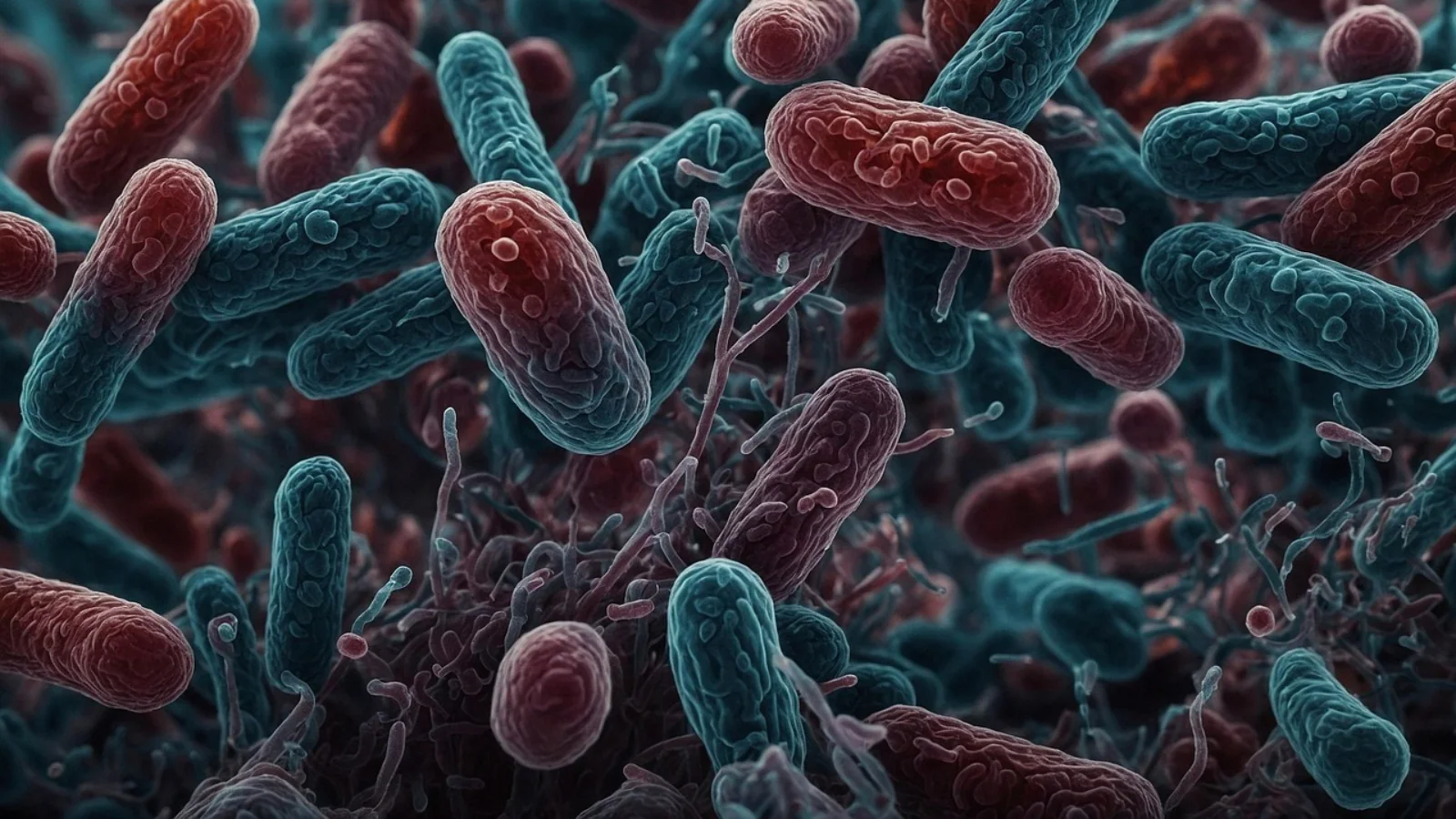AI Joins Fight Against Infection By Creating Bacteria-Killing Viruses: Here’s What It Means
By Karishma Jain,News18
Copyright news18

Artificial intelligence (AI) has already proved it can generate poems, essays and images. Now, researchers in California say it has written something far more radical: the full genetic code of viruses that can infect and kill bacteria. When scientists at Stanford University and the Arc Institute tested hundreds of these AI-designed genomes in the lab, 16 of them produced working bacteriophages, viruses that attack bacteria, which replicated and wiped out Escherichia coli (E. coli), a harmless bacterium often used in labs as a test system.
The study, made public on 17 September on bioRxiv, an online platform where scientists share research before it is formally reviewed, is being described by its authors as the first generative design of complete genomes.
How Did AI Write A Genome?
The project used an AI system called Evo, designed on the same principles as large language models. Instead of predicting words in a sentence, Evo was trained on about two million viral genomes so it could learn the “grammar” of DNA, the patterns of gene order and composition. The researchers guided the model to mimic phiX174, a small bacteriophage with just 11 genes and around 5,000 DNA letters that has long been a staple of molecular biology.
From this training, Evo proposed complete, workable genome sequences, some with new or truncated genes, others with shuffled gene orders, that went well beyond simply copying existing phages.
From Code To Killing Bacteria
Out of thousands of AI suggestions, the team led by Brian Hie and Samuel King selected 302 genomes to chemically synthesise. These strands of DNA were introduced into bacterial systems to see if they would assemble into functioning phages. The crucial test came when some of the designs produced plaques, clear spots in petri dishes where E. coli colonies had been wiped out by phages. In total, 16 designs succeeded out of 302, producing viruses that replicated inside bacteria and burst them open.
According to the team’s preprint, some of these phages even infected E. coli strains that the natural phiX174 could not, showing that the AI had generated alternative genetic routes capable of the same lethal effect.
Why Is This Result Important?
For scientists, the key breakthrough is not that another bacteriophage was made, but that an AI could generate entire, coherent genomes that actually worked in living systems. Previous efforts in synthetic biology relied on laborious trial-and-error, manually testing one genetic tweak at a time.
Pioneers such as J. Craig Venter, who created the first cell with a synthetic genome in 2008, have described their process as a “manual AI version” of sifting through data and guessing what might work. Evo short-circuits that process, offering a much faster loop of design, build and test, according to MIT Technology Review.
The implications are wide-ranging. Phages are already being studied as an alternative to antibiotics in treating resistant infections, reported Newsweek. AI-designed versions could expand the menu of usable viruses by tailoring them to specific bacteria.
Viruses also serve as shuttles in gene therapy, and more efficient designs could improve how genes are delivered into patients’ cells. In agriculture, phages are being tested to protect crops from bacterial disease. By speeding up the design process, AI could turn these niche experiments into more practical tools.
The Safety Dilemma
Viruses are not considered living organisms, so the result stops short of “AI-created life.” Brian Hie, who led the Arc Institute lab, called it a step toward AI-generated life, while Samuel King, who led the project, stressed that many more experimental advances would be needed to reach that point.
Even with these limits, the work has revived debate about the dual-use dilemma in biology, research that can be harnessed for good or misused for harm. The Stanford–Arc team noted that Evo was trained only on bacteriophages and tested on non-pathogenic E. coli and phiX174, both long considered safe lab systems.
But outside experts raised sharper concerns. J. Craig Venter, the geneticist, told Newsweek that he would have “grave concerns” if similar random viral enhancement approaches were applied to smallpox or anthrax. Nature quoted Kerstin Göpfrich, a biophysicist at Heidelberg University, as saying the dual-use dilemma is not unique to AI, since “you can always use progress for the better or for the worse.”
What Comes Next?
Because the study is a preprint on bioRxiv, the next step will be formal peer review and independent replication to confirm the results. Beyond that, some in the field are already imagining how the process could scale.
The Bottom Line
For the first time, an AI has generated complete viral genomes that worked in the lab. 16 of the AI-designed phages killed E. coli, including strains the natural phiX174 could not. Experts such as Jef Boeke, a genome scientist at NYU Langone Health in New York, told MIT Technology Review that the AI’s output was impressive but still far from creating life, though it marks an important milestone for biotechnology.



